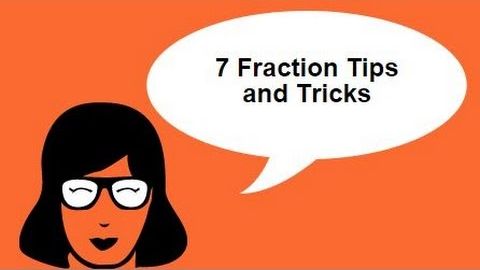
字幕と単語
分数を記録的に解く7つの近道 (7 shortcuts for solving fractions in record time)
00
Coco Nut が 2021 年 01 月 14 日 に投稿保存
動画の中の単語
straight
US /stret/
・
UK /streɪt/
- adj.異性愛者;異性愛の;正直で直接的;真っ直ぐな;きちんとした
- adv.率直に;まっすぐに;すぐに
- n.異性愛者
- v.t./i.まっすぐにする
A2 初級TOEIC
もっと見る エネルギーを使用
すべての単語を解除
発音・解説・フィルター機能を解除
